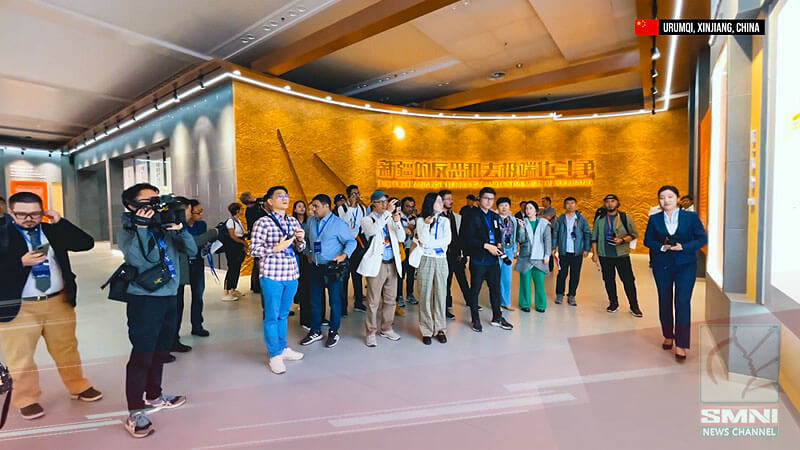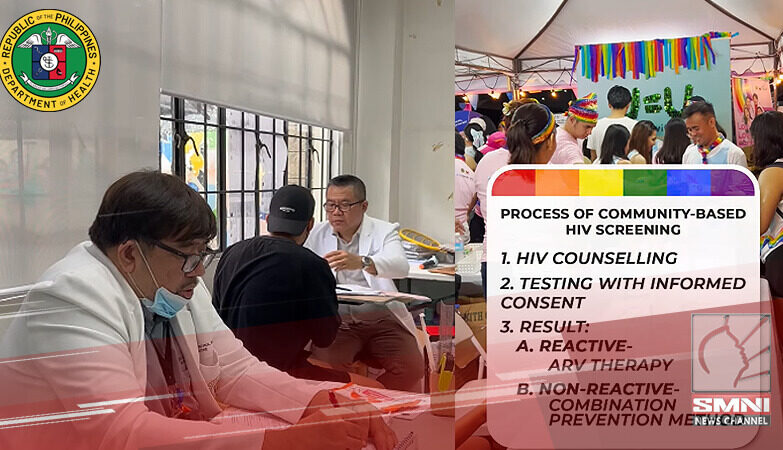AFTER a nine-hour journey from Manila, the SMNI News team arrived in Urumqi, the capital of the Xinjiang autonomous region to witness what it has to offer to the world.
SMNI News was the sole media representative from the Philippines among over 20 journalists who came from various countries worldwide.
The 9-day media tour in the region comprises journalists From Australia, Europe, Japan, Malaysia, Thailand, Kyrgyzstan, Tajikistan, Netherlands, Turkey, France, Russia, Saudi Arabia, and the U.S., and more.
Led by the State Council Information Office of the People’s Republic of China and organized by the China Center for International Communication Development, the thematic media event, “Approaching the core zone of the Silk Road Economic Belt,” aims to explore the rich culture of Xinjiang, a region located in the northwestern part of China.
Its Provincial Administrative Region holds the largest land area in the country, covering approximately 1.66 million square kilometers.
It also shares borders with eight countries, including Mongolia, Russia, Kazakhstan, Kyrgyzstan, Tajikistan, Afghanistan, Pakistan, and India, boasting the longest land border in China, stretching 5,700 kilometers.
Xinjiang is also home to some 25.89 million people and is known for its vast land, cultural diversity, and history, with 56 ethnic groups, including Uyghurs, Han Chinese, and Kazakhs, currently living in the region.
Islam is the predominant religion in Xinjiang, followed by Buddhism, Taoism, Protestantism, Catholicism, and Eastern Orthodox.











